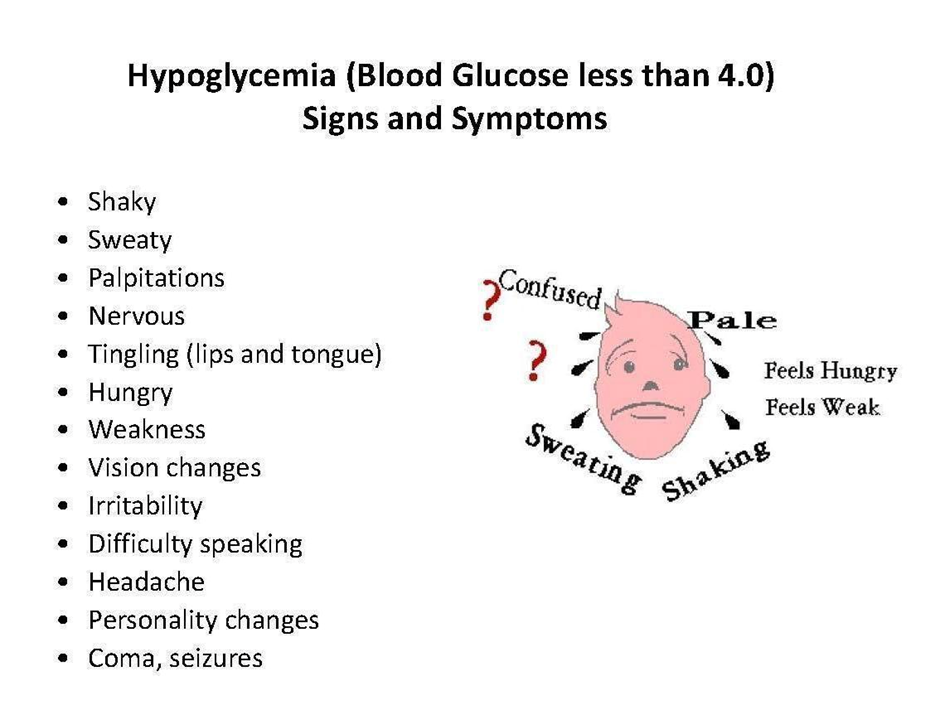A nurse is caring for a client who has capillary blood glucose 48 mg/dL. Which of the following findings should the nurse expect?
Bradycardia
Flushed skin
Decreased appetite
Tremors
The Correct Answer is D
A. Bradycardia:
Low blood sugar levels can lead to bradycardia, a slower than normal heart rate.
B. Flushed skin:
Typically, low blood sugar levels might cause pallor or cool, clammy skin, rather than flushing.x
C. Decreased appetite:
Low blood sugar might result in increased hunger or a feeling of needing to eat rather than decreased appetite.
D. Tremors:
Hypoglycemia often presents with symptoms like tremors or shakiness due to the body's response to low blood sugar.
Nursing Test Bank
Naxlex Comprehensive Predictor Exams
Related Questions
Correct Answer is C
Explanation
A. Hypertension:
Hypovolemia is characterized by a decrease in blood volume. This reduction in blood volume usually leads to decreased blood pressure, not hypertension.
B. Peripheral edema:
Edema is more commonly associated with hypervolemia (excess fluid volume) rather than hypovolemia. In hypovolemia, the body is experiencing a deficit of fluids, and edema is not a typical manifestation.
C. Oliguria:
This is the correct answer. Oliguria, or reduced urine output, is a common finding in hypovolemia. When the body is low on fluids, the kidneys try to conserve water by decreasing urine production.
D. Bradycardia:
Hypovolemia often leads to tachycardia (an increased heart rate) as the body attempts to compensate for the decreased blood volume by pumping the existing blood more quickly. Bradycardia is not a typical finding in hypovolemia.
Correct Answer is C
Explanation
A. Dry mucous membranes:
Explanation: Dry mucous membranes are not typically associated with hypoglycemia. Instead, they might be seen in conditions such as dehydration.
B. Fruity breath odor:
Explanation: Fruity breath odor is more commonly associated with diabetic ketoacidosis (DKA), which is a complication of hyperglycemia, not hypoglycemia.
C. Diaphoresis:
Explanation: Diaphoresis, or excessive sweating, is a common manifestation of hypoglycemia. It results from the activation of the sympathetic nervous system in response to low blood sugar levels.
D. Polyuria:
Explanation: Polyuria, or increased urination, is not a typical manifestation of hypoglycemia. It is more commonly associated with hyperglycemia and diabetes.

Whether you are a student looking to ace your exams or a practicing nurse seeking to enhance your expertise , our nursing education contents will empower you with the confidence and competence to make a difference in the lives of patients and become a respected leader in the healthcare field.
Visit Naxlex, invest in your future and unlock endless possibilities with our unparalleled nursing education contents today
Report Wrong Answer on the Current Question
Do you disagree with the answer? If yes, what is your expected answer? Explain.
Kindly be descriptive with the issue you are facing.
